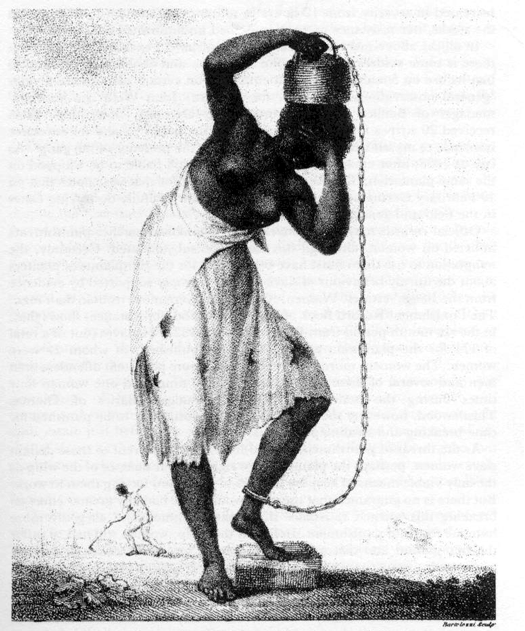
The trade in slaves was fueled in the Americas by the growing of sugar cane and tobacco, and the invention of the cotton gin in the late 18th century. In the west Indies vast fortunes were made on sugar, a coarse growing member of the grass family that is extremely sensitive to cold, and thus ideally suited for the tropics.
The British outlawed slavery in the colonies and possessions in 1833. The United States forbid importation of slaves into states outlawing the practice beginning in 1802, though the last recorded slave shipped disembarked at Mobile Bay in 1859, on the eve of the Civil War. Slavery was ultimately abolished in the United States with the end of the Civil War in 1865.
More on the slave trade
Slave Narratives

| PAGE |<< | 1 | 2 | 3 | 4 | 5 | 6 | 7 | 8 | 9 | | ||
| Go back to previous page | |
| D. Gorton's Home Page Jane Adams' Home Page Memory and Judgment: Mississippi The White South Contact Us |
|||||||||
|
This page was last modified on:
|
|||||||||